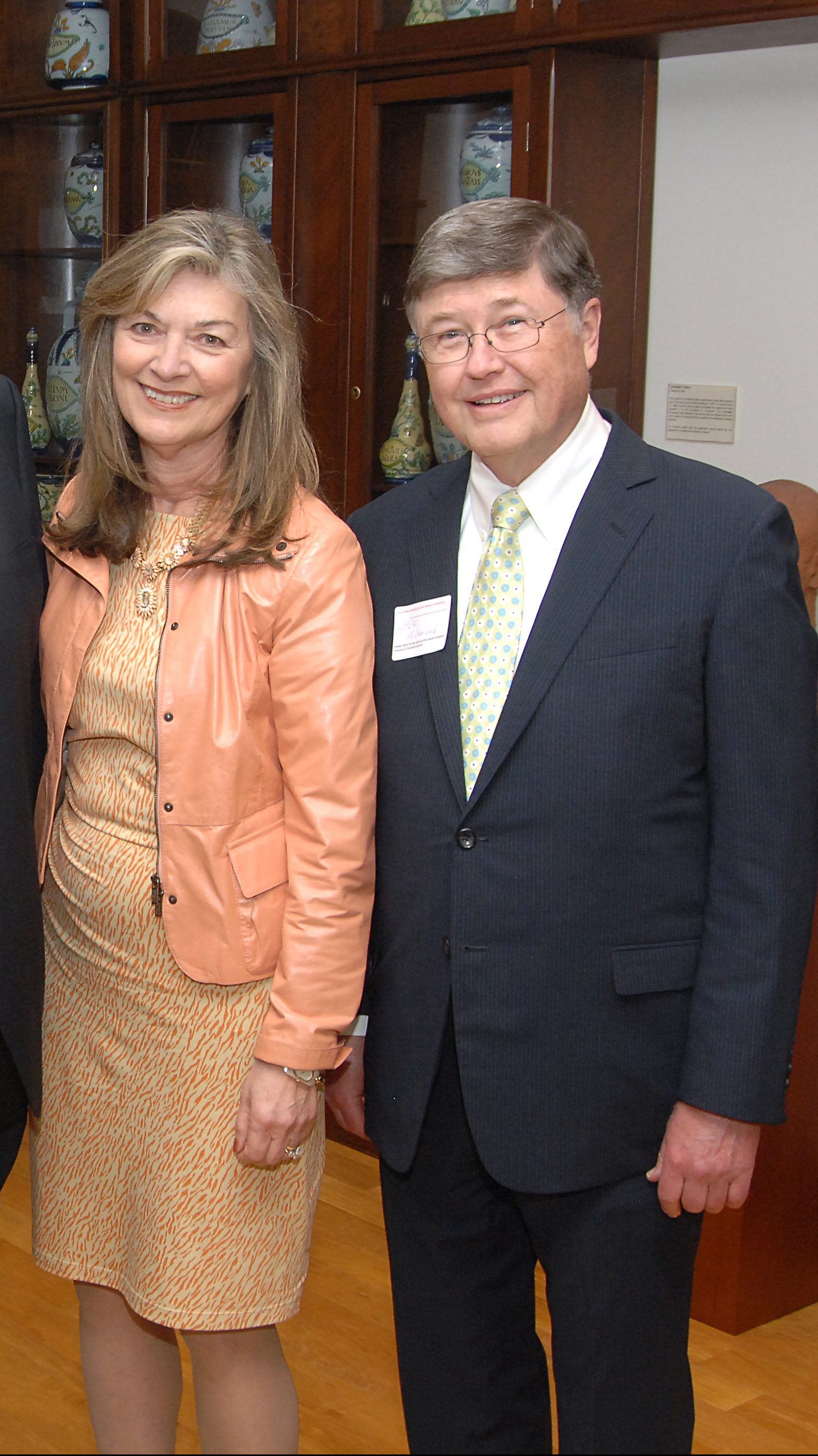Your UBCA Library’s Book of the Month for February 2020
Native Son by Richard Wright
Right from the start, Bigger Thomas had been headed for jail. It could have been for assault or petty larceny; by chance, it was for murder and rape. Native Son tells the story of this young black man caught in a downward spiral after he kills a young white woman in a brief moment of panic.
Set in Chicago in the 1930s, Richard Wright’s powerful novel is an unsparing reflection on the poverty and feelings of hopelessness experienced by people in inner cities across the country and of what it means to be black in America.
Is it checked out? Don’t worry, we’ve got you covered:
Invisible Man (PS3555.L625 I5 1995): A first novel by an unknown writer, it remained on the bestseller list for sixteen weeks, won the National Book Award for fiction, and established Ralph Ellison as one of the key writers of the century. The nameless narrator of the novel describes growing up in a black community in the South, attending a Negro college from which he is expelled, moving to New York and becoming the chief spokesman of the Harlem branch of “the Brotherhood”, and retreating amid violence and confusion to the basement lair of the Invisible Man he imagines himself to be.
Lighting the Fires of Freedom: African American Women in the Civil Rights Movement by Janet Dewart Bell (E185.61 .B375 2018): Lighting the Fires of Freedom Janet Dewart Bell shines a light on women’s all-too-often overlooked achievements in the Movement. Through wide-ranging conversations with nine women, several now in their nineties with decades of untold stories, we hear what ignited and fueled their activism, as Bell vividly captures their inspiring voices. Lighting the Fires of Freedom offers these deeply personal and intimate accounts of extraordinary struggles for justice that resulted in profound social change, stories that are vital and relevant today.
A vital document for understanding the Civil Rights Movement, Lighting the Fires of Freedom is an enduring testament to the vitality of women’s leadership during one of the most dramatic periods of American history.
Richard Wright: Native Son, Actor, Activist (streaming film): Richard Wright was an African-American author of novels, short stories and non-fiction that dealt with powerful themes and controversial topics. Much of his works concerned racial themes that helped redefine discussions of race relations in America in the mid-20th century. Born on a plantation in Mississippi, Wright was a descendent of the first slaves who arrived in Jamestown Massachusetts. This program follows his arduous path from sharecropper to literary giant. Through authors like H.L. Menken, Sinclair Lewis, Theodore Dreiser, he discovered that literature could be used as a catalyst for social change. In 1937 Wright moved to New York and his work began to garner national attention for it’s political and social commentary. Much of Wright’s writing focused on the African American community and experience; his novel Native Son won him a Guggenheim Fellowship and was adapted to the Broadway stage with Orson Welles directing in 1941.
by Christian Boyles

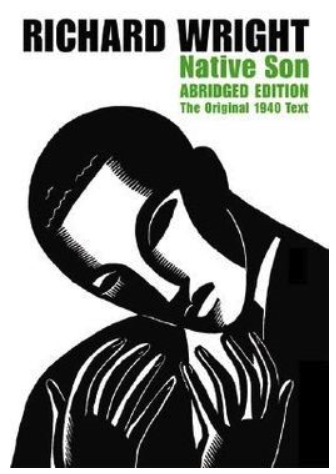
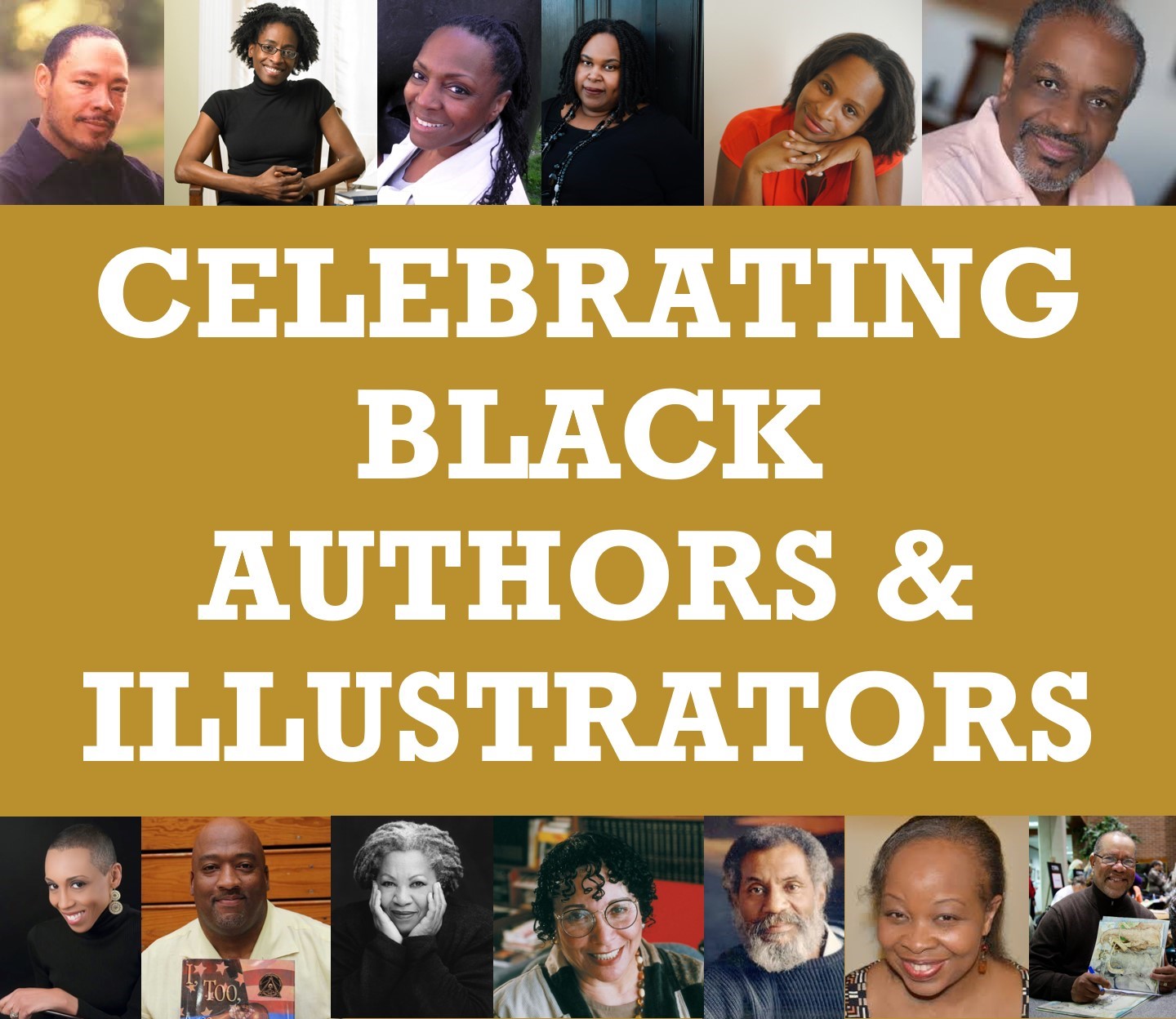
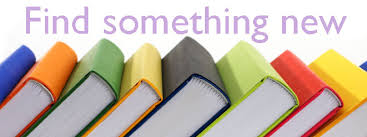
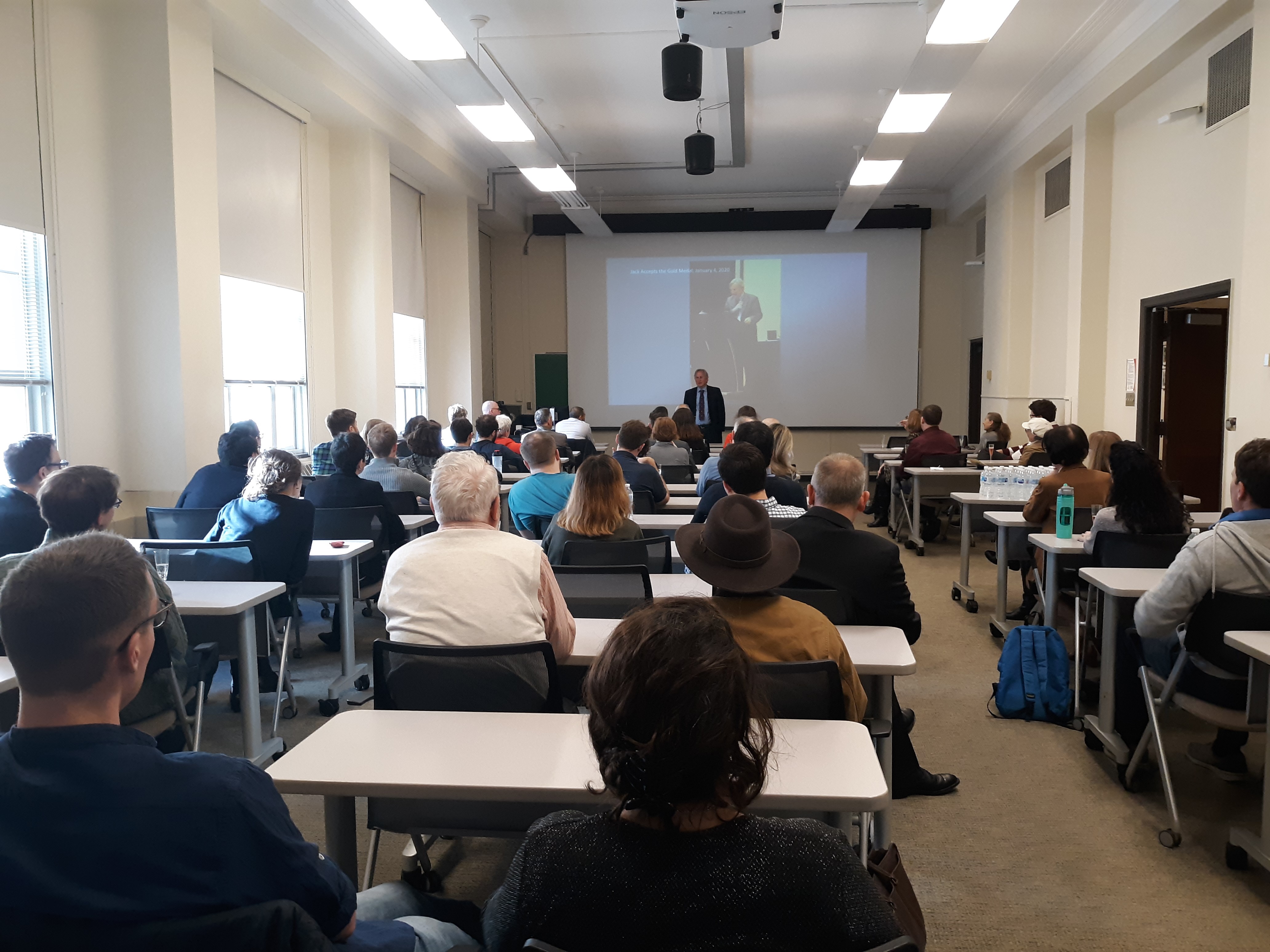
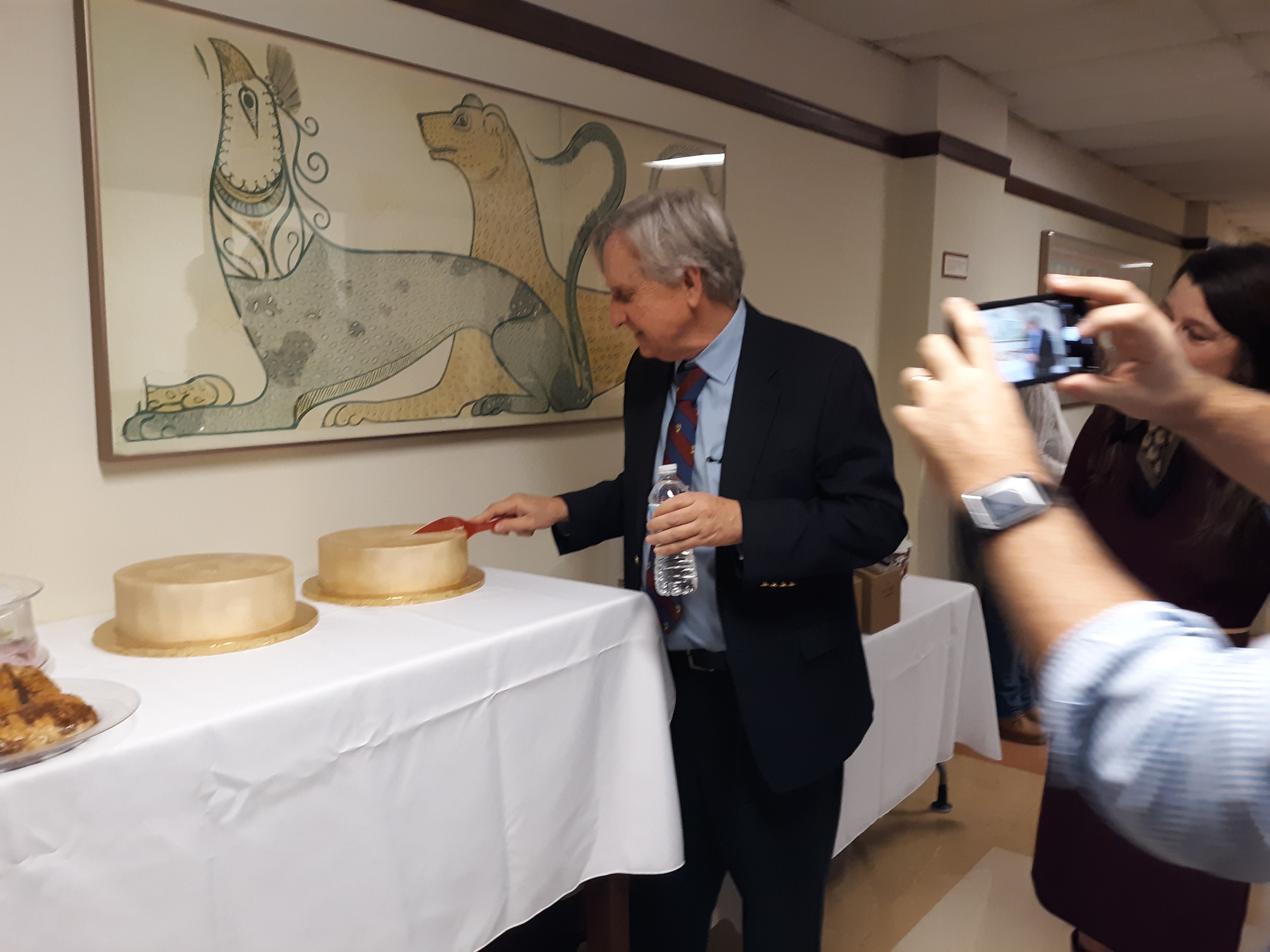
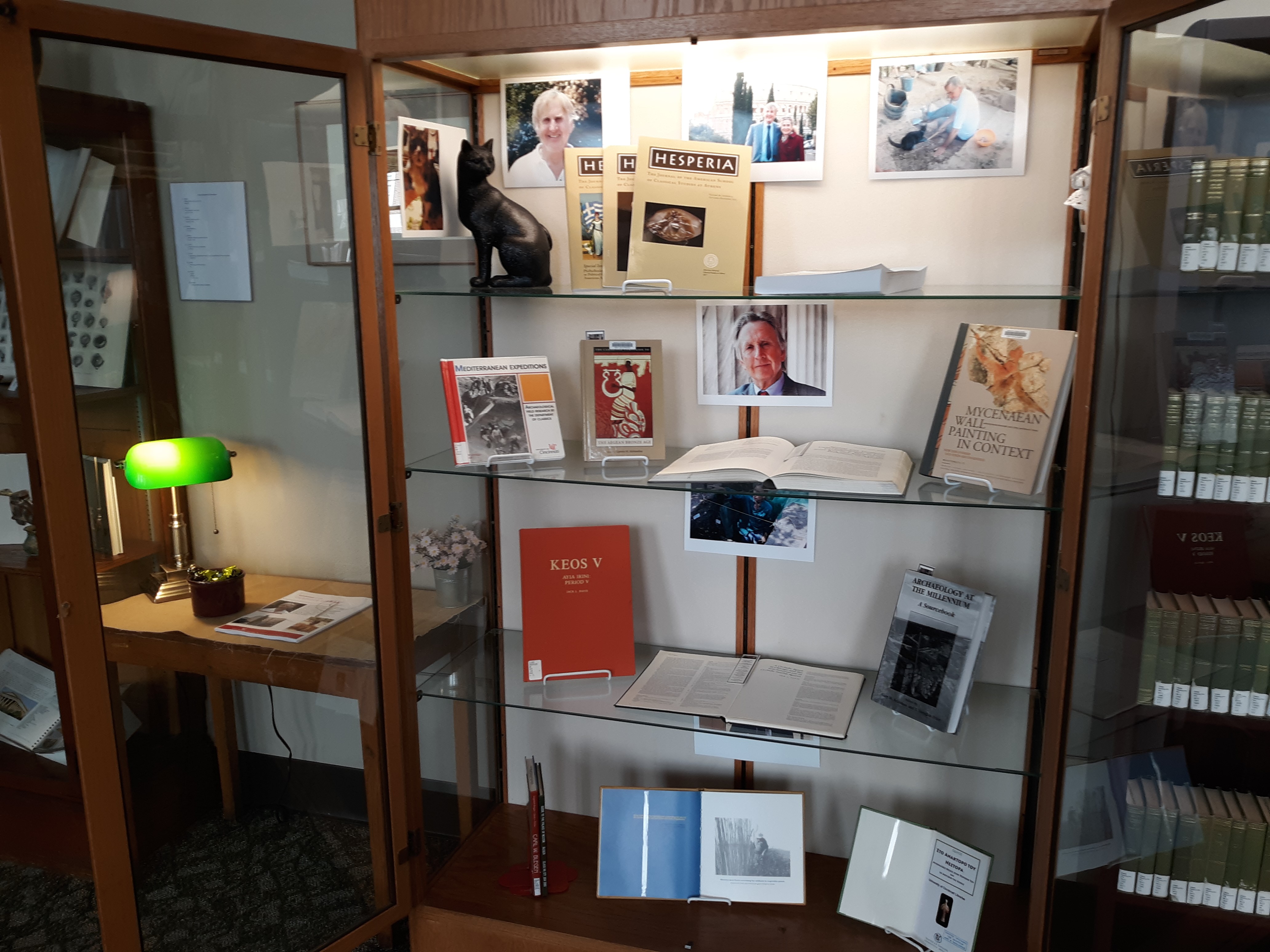
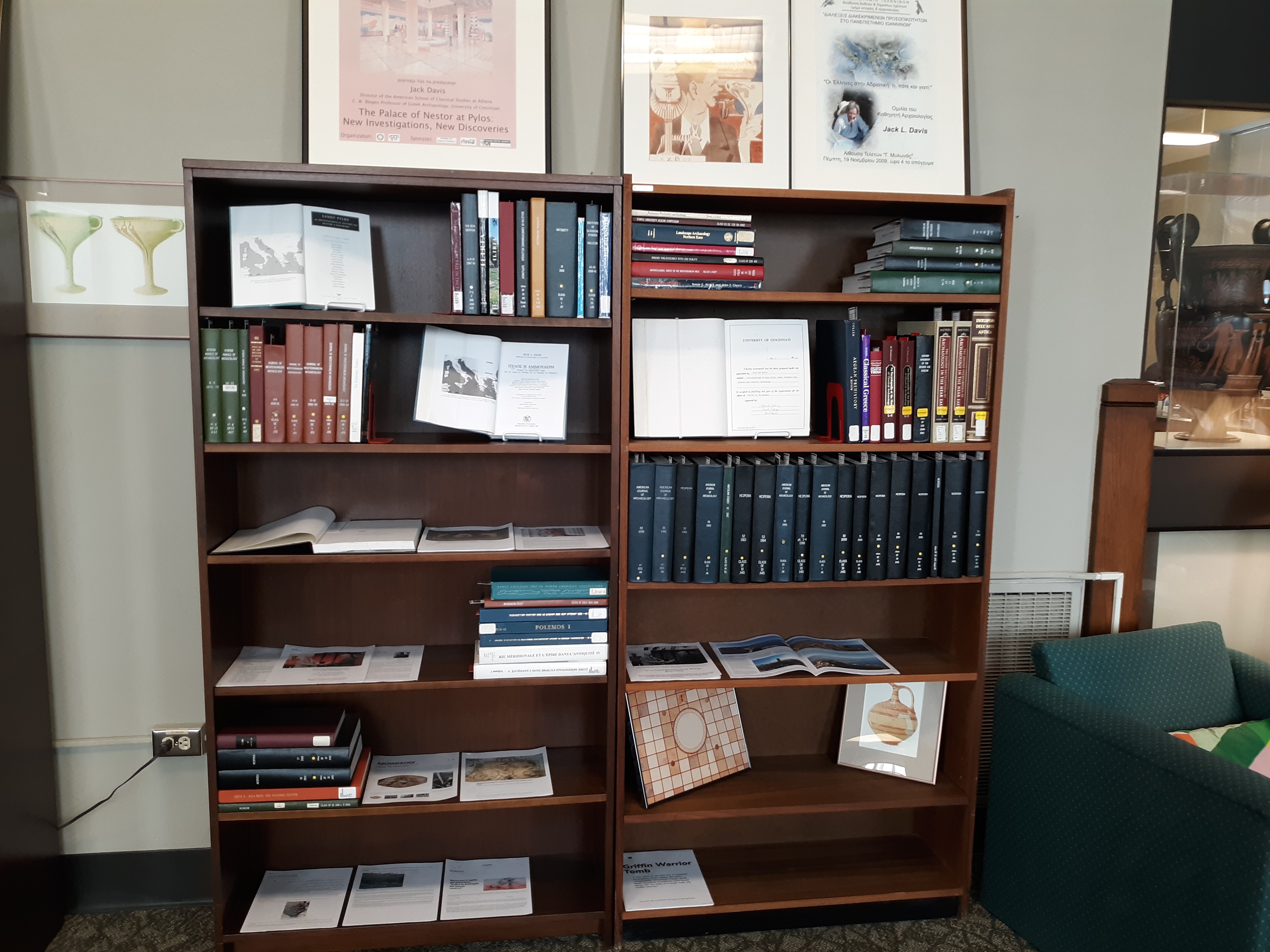
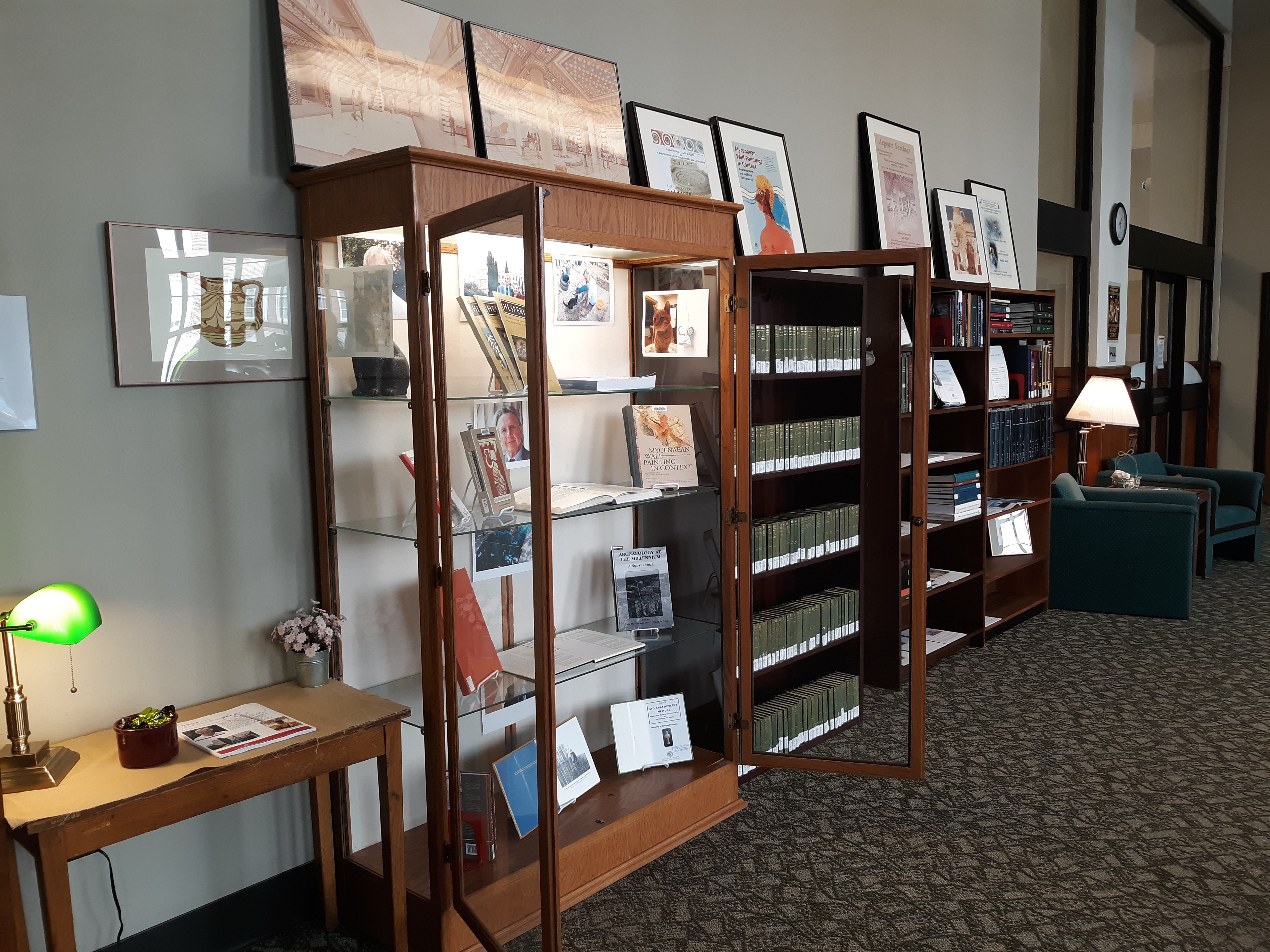
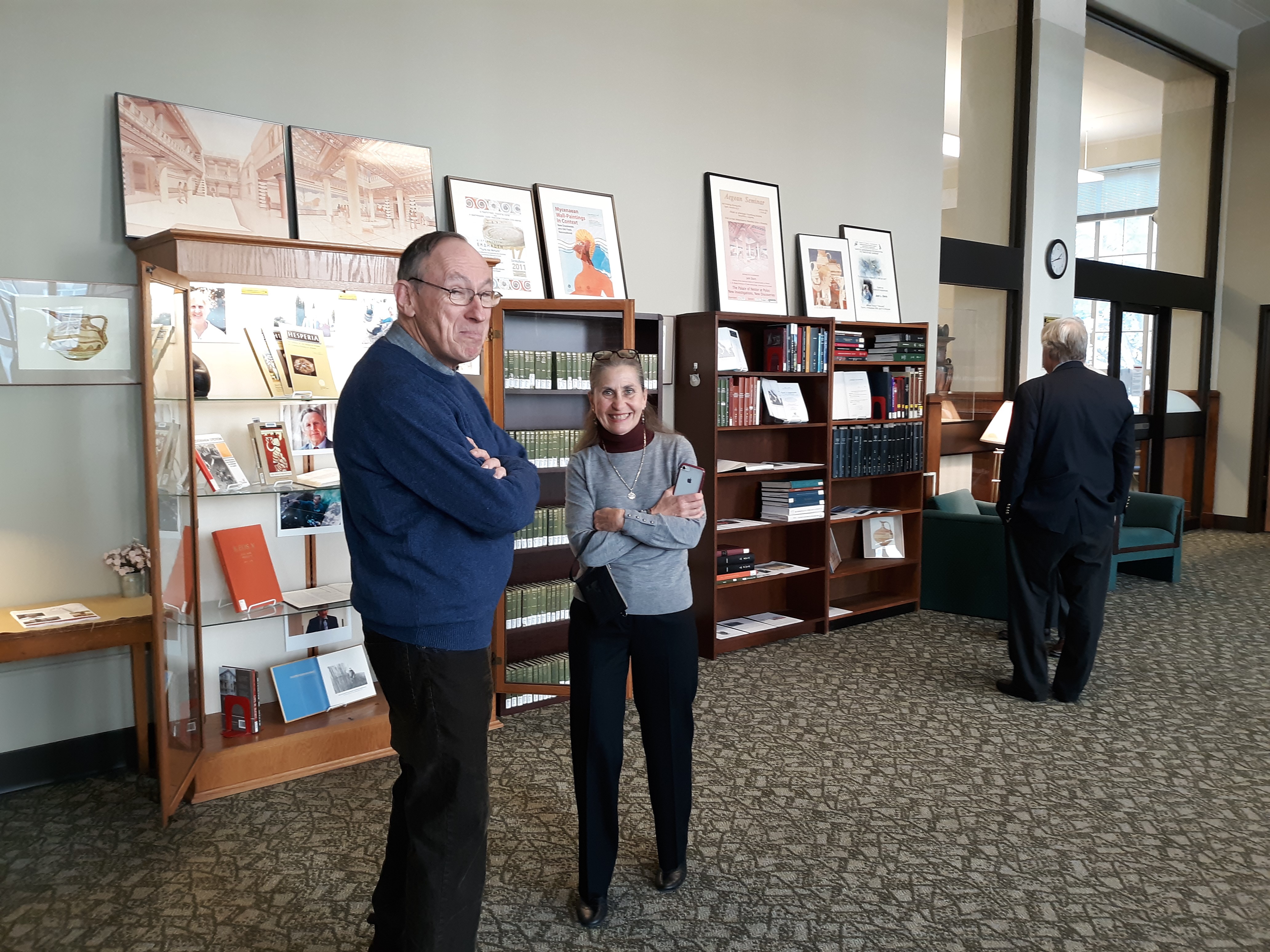
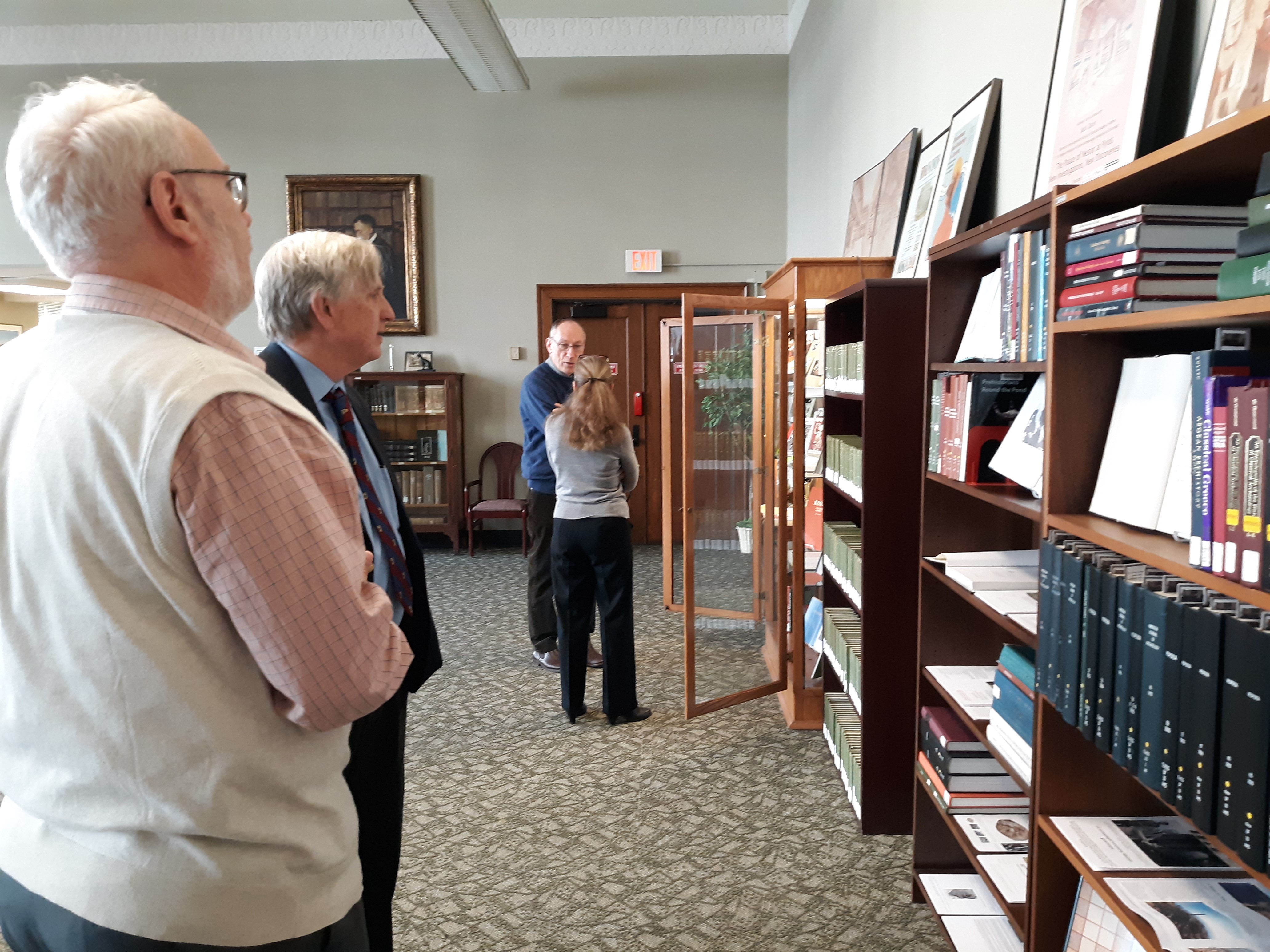
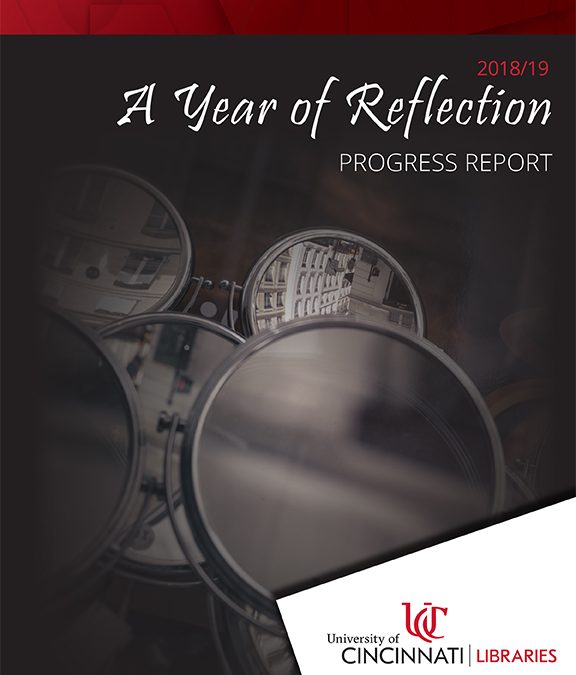 This past year the University of Cincinnati marked its Bicentennial led by the tenants: To Honor the past. Elevate the present. Bend the future. While
This past year the University of Cincinnati marked its Bicentennial led by the tenants: To Honor the past. Elevate the present. Bend the future. While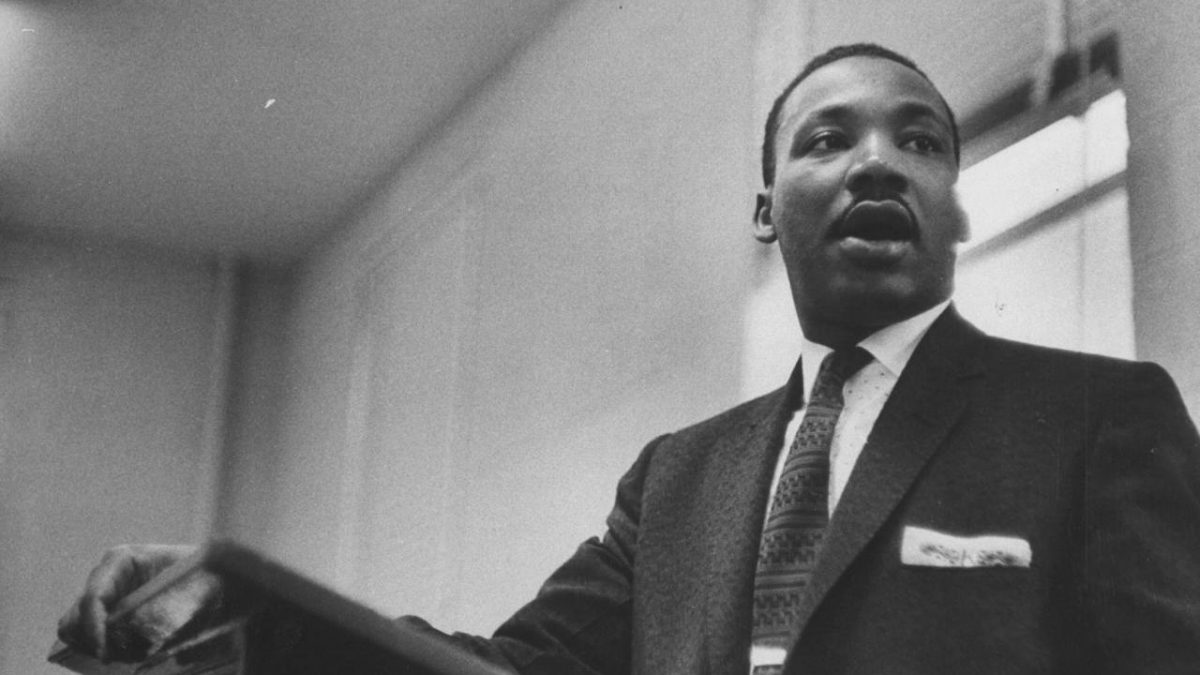
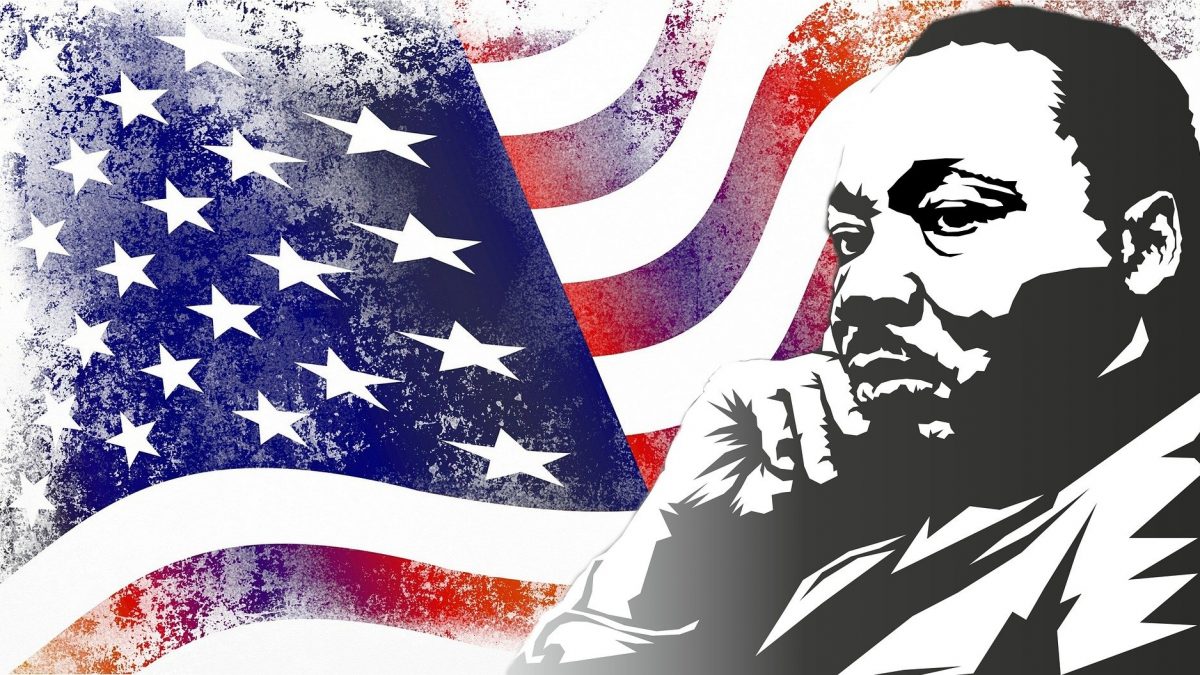
 Just like films, television, and music, the best books of the year garner accolades and awards. Each January, at the American Library Association’s Mid-Winter Conference, several of the most prestigious children’s book award winners are announced. Prepare for the 2020 award season by exploring some previous award winners from the CECH Library’s collections.
Just like films, television, and music, the best books of the year garner accolades and awards. Each January, at the American Library Association’s Mid-Winter Conference, several of the most prestigious children’s book award winners are announced. Prepare for the 2020 award season by exploring some previous award winners from the CECH Library’s collections.